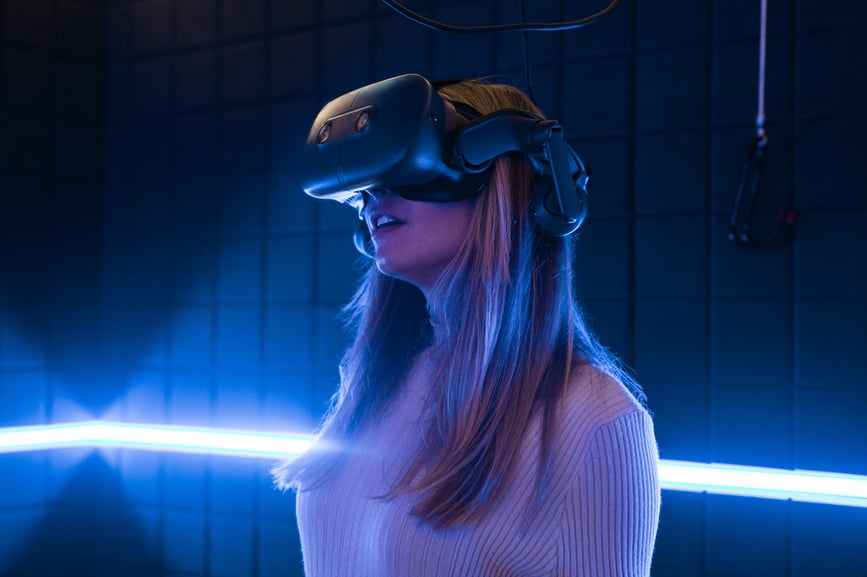Do you know your ARs from your VRs? Today, we’re deep-diving into the cutting-edge technologies driving businesses to think differently amid challenging times.
The difference and advantages of AR, VR, MR and XR
Technology is constantly on the move. Indeed, in the world of business, it continues to shape our decisions and has done so ever since transforming the way we worked thirty or so years ago (thanks again, Mr Gates). Some organisations rely on the bare minimum technically, workstations and servers to connect their people with their customers. Others look to the very latest techniques and tools to support their business evolution.
Keeping up with the neighbours technically takes understanding the solutions in place today and others on the radar, which are tipped for success tomorrow.
So what IS the next big thing customers are considering right now? Asides from the usuals keeping CIOs awake at night, like cybersecurity strategies or a transition to the cloud, many are now giving air time to this:
Spatial computing
It’s not entirely new, although after many years confining itself to gaming, spatial computing is finally putting itself front and centre in the commercial sector.
Remember good old-fashioned 2D? Spatial computing takes us into a new world that is three-dimensional. See, like technology, the human brain has evolved—with a decent head start of some several millennia. We have reached a state beyond the 2D world where our cognitive understanding feels completely at ease within a 3D space. And the time has come to move our capability forwards.
To appreciate spatial computing in full, though, and what it means for businesses, you need to begin by appreciating various technical acronyms. Have you heard of AR, VR, MR and XR, for example? If not, this summary will explain everything.
What is VR?
Virtual Reality is best described as an artificial digital space that replaces our real world. A simulation, if you like, created in 3D and accessed by technical hardware—typically, a headset. It allows users to immerse themselves within the virtual world, hearing and seeing the space as if it is ‘real’. Some VR spaces also facilitate touch, using vibrations to simulate the end-user into ‘feeling’ objects within the virtual space.
This is a 360-degree, fully immersive experience where the mind believes you are actually present. As a case use example, the military has used VR for many years, simulating real-life situations to train its personnel in preparation for actual combat.
So, what is AR?
Unlike VR, AR—full name Augmented Reality—takes place in the real world, although it can be transferred into a virtual setting, too. It comes in many shapes and sizes, most commonly as images, videos and other digital data, applied as layers to enhance a user’s experience. Think facial filters on a phone app like Snapchat or the Pokémon Go global phenomenon, both examples of how a digitised AR layer crosses into real-life every day.
The key differentiator is how you access AR. All it takes is a pair of smart glasses or a portable device like your smartphone, and while you might choose to wear a headset, it is not a requirement. Unlike with VR, you remain in control of your actions in an AR world at all times.
And what is MR?
The clue is in the name. Mixed Reality is precisely this, a blend of AR and VR, creating a space where the physical and digital co-exist, a hybrid world that’s real yet with some virtual aspects thrown in for good measure. Because it’s a hybrid reality, users still require a headset to appreciate the VR elements, although they remain in our physical world. The technology also relies on higher processing power to enable the features.
Finally, what is XR?
Extended Reality (XR) is an umbrella under which you’ll find AR, VR and MR gathered, hand-picking the best components of each reality to create a space somewhere between the entirely real and entirely virtual. A hybrid reality where humans and computers interact at a greater and deeper level than ever, with endless possibilities for discovery.
And, like its predecessors, XR is proliferating. Consumers and commercial entities are now seeing the value it holds and the many practical applications it lends itself to. This won’t change soon, due to the pandemic continuing to restrict the way humans interact with one another.
XR use cases
Retail
Customers can enter a virtual store and try out clothing, furniture – even sit in a car – as an immersive ‘try before you buy’ approach to shopping.
Training
Employees have access to real-life situations, albeit virtually, learning how to manage circumstances such as medical procedures, flying a plane or armed combat.
Remote working
Teams can gather with one another as if physically present in the same room, connecting and collaborating from anywhere around the world.
Education
Students of all ages can appreciate continued learning from a remote location, without the need for a traditional school or college facility.
Why does XR your business?
At SpatialGo, that’s what we are all about: creating ideas that benefit our customers’ sales efforts. And when you consider XR for marketing your products, facilitating customer meetings, and managing large-scale conferences, you’re opening up an entirely new method to connect with clients and prospects without the boundaries caused by venue size, travel restrictions and a limited budget.
This is precisely why SpatialGo was founded by leaders in event marketing and experts in the world of spatial computing. Together we’re creating great spaces in 3D where businesses can bring together their customers and prospects to interact and learn – from anywhere in the real world.
XR promises an incredible future for marketing—right here, right now. When you’re ready to learn more about our capabilities with spatial computing, connect with our team, and we’ll arrange a time to chat with you.



.jpg)
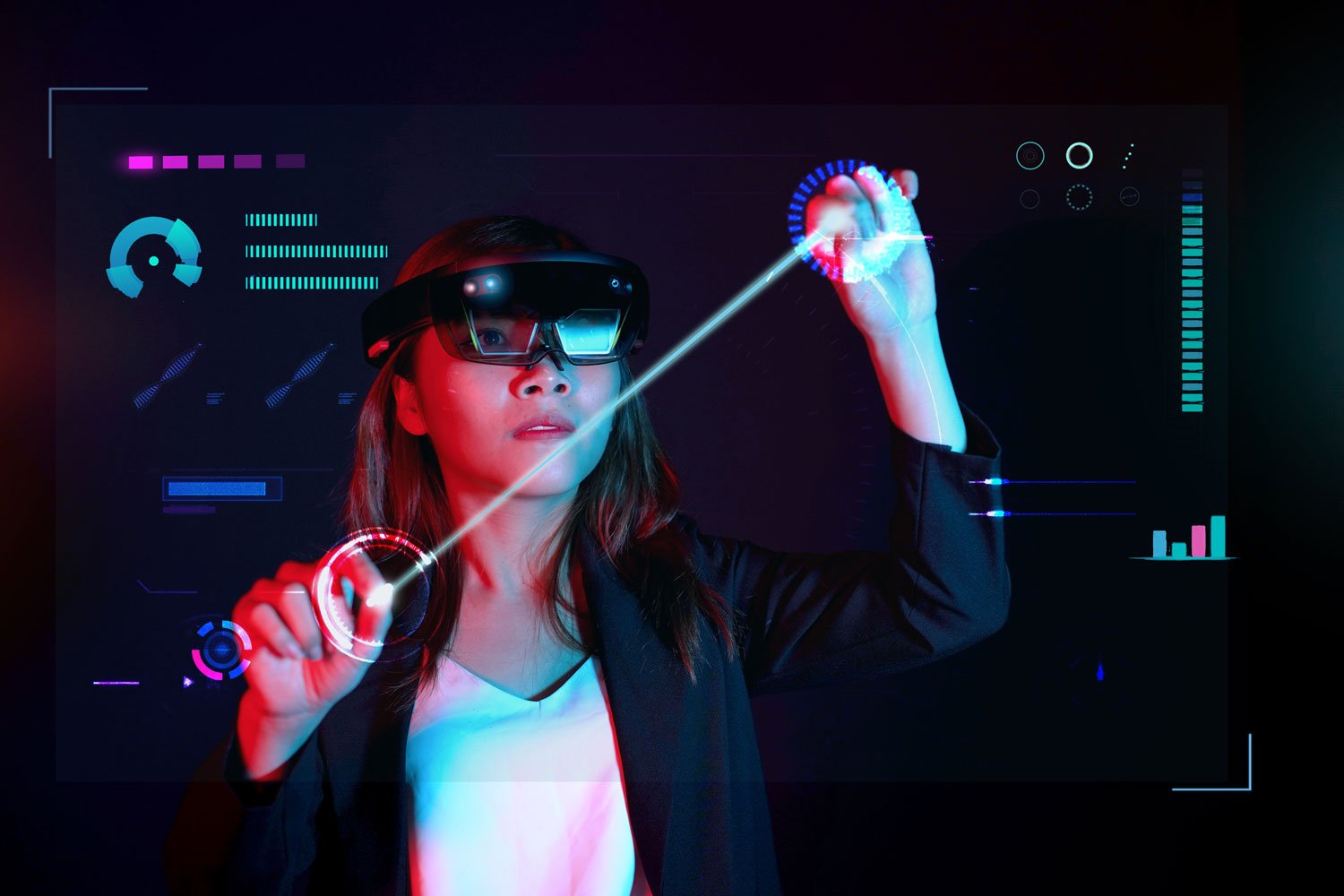
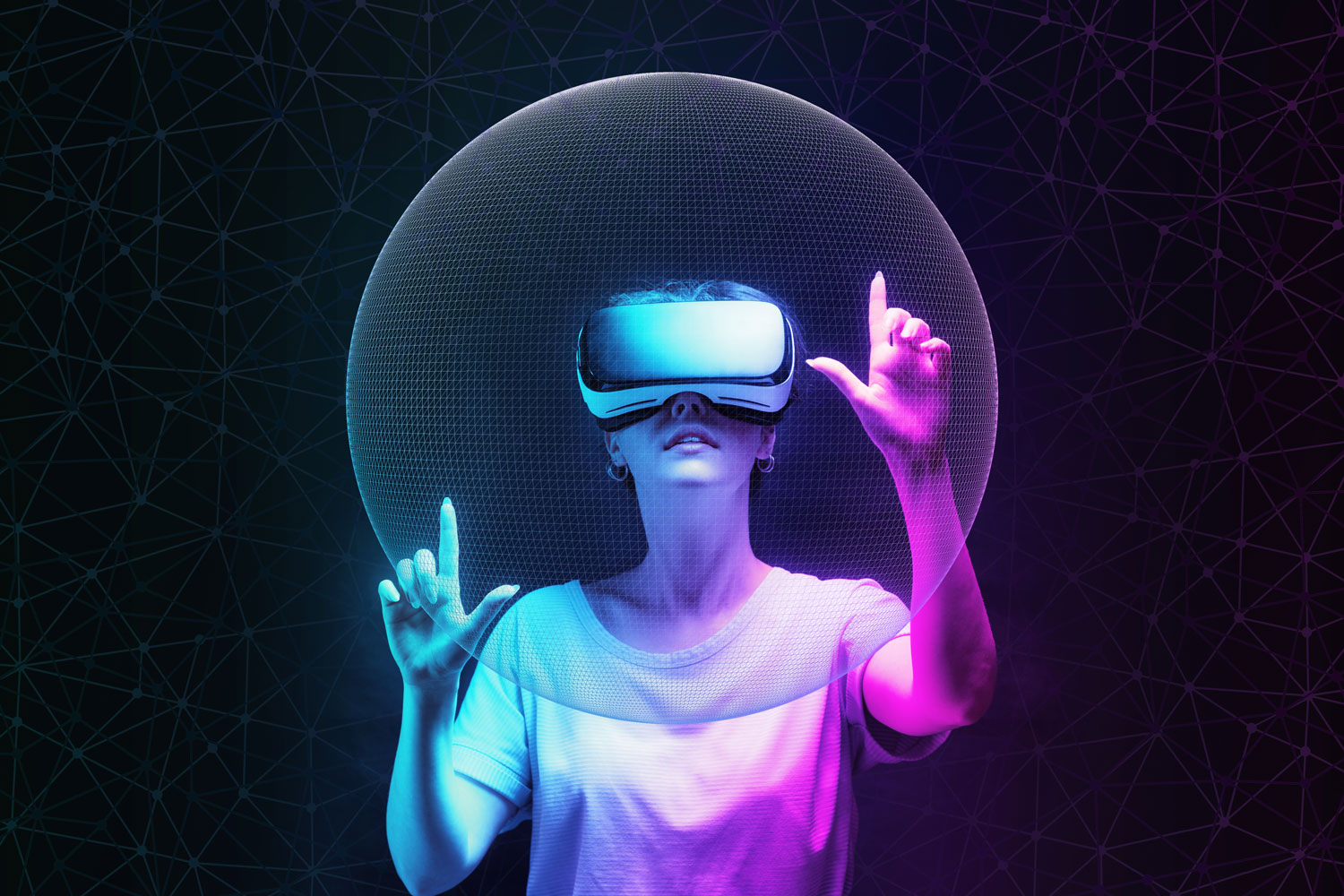
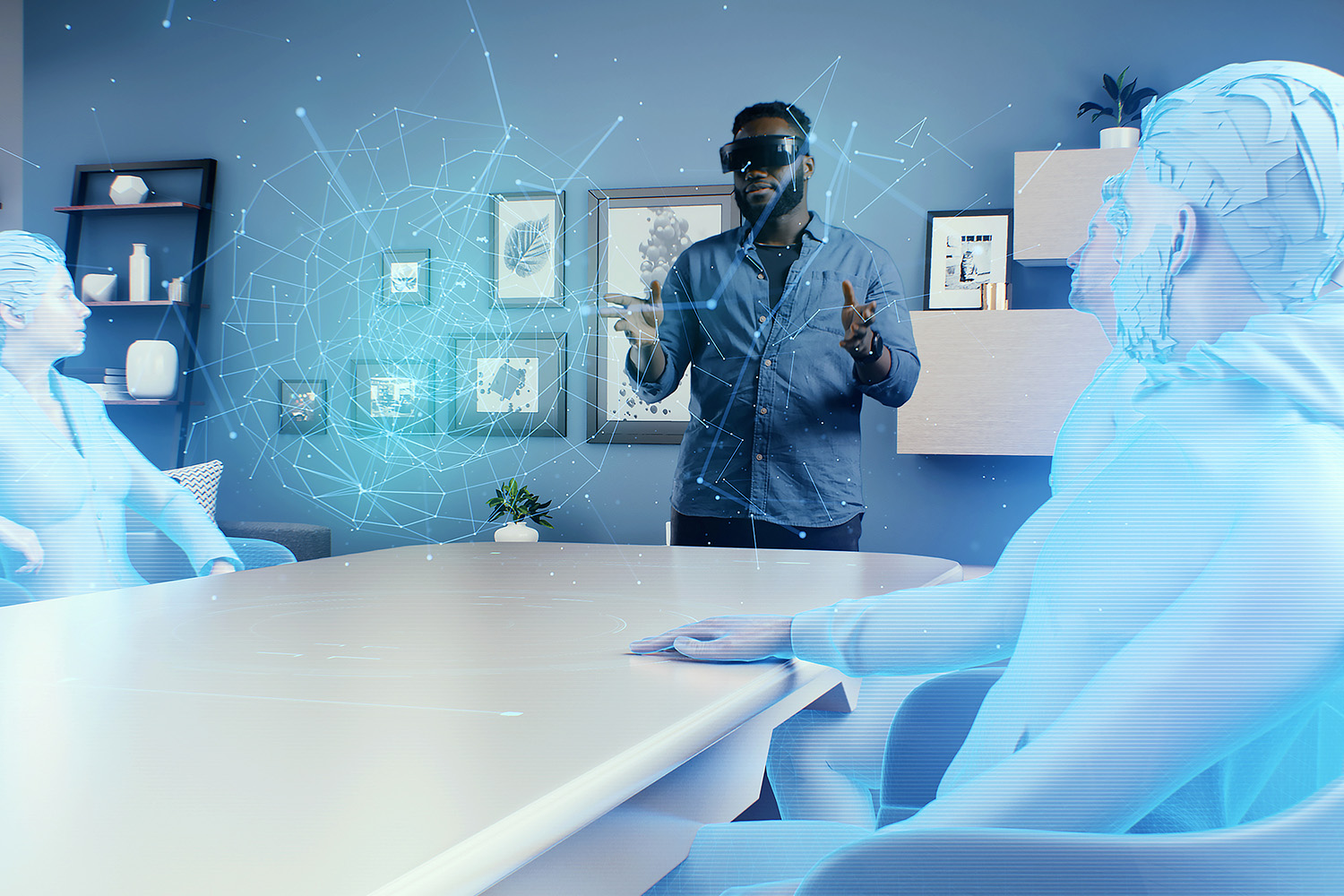
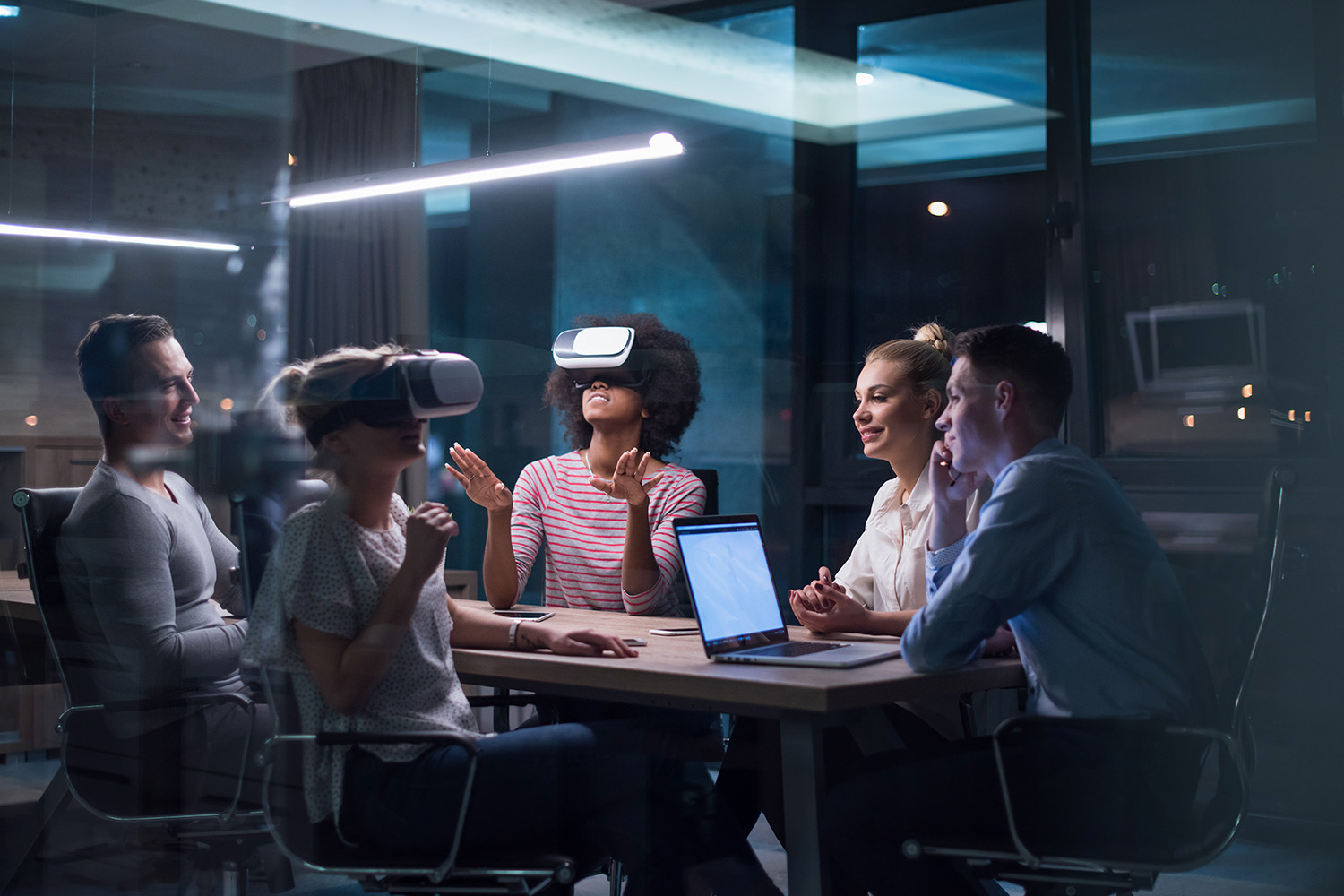
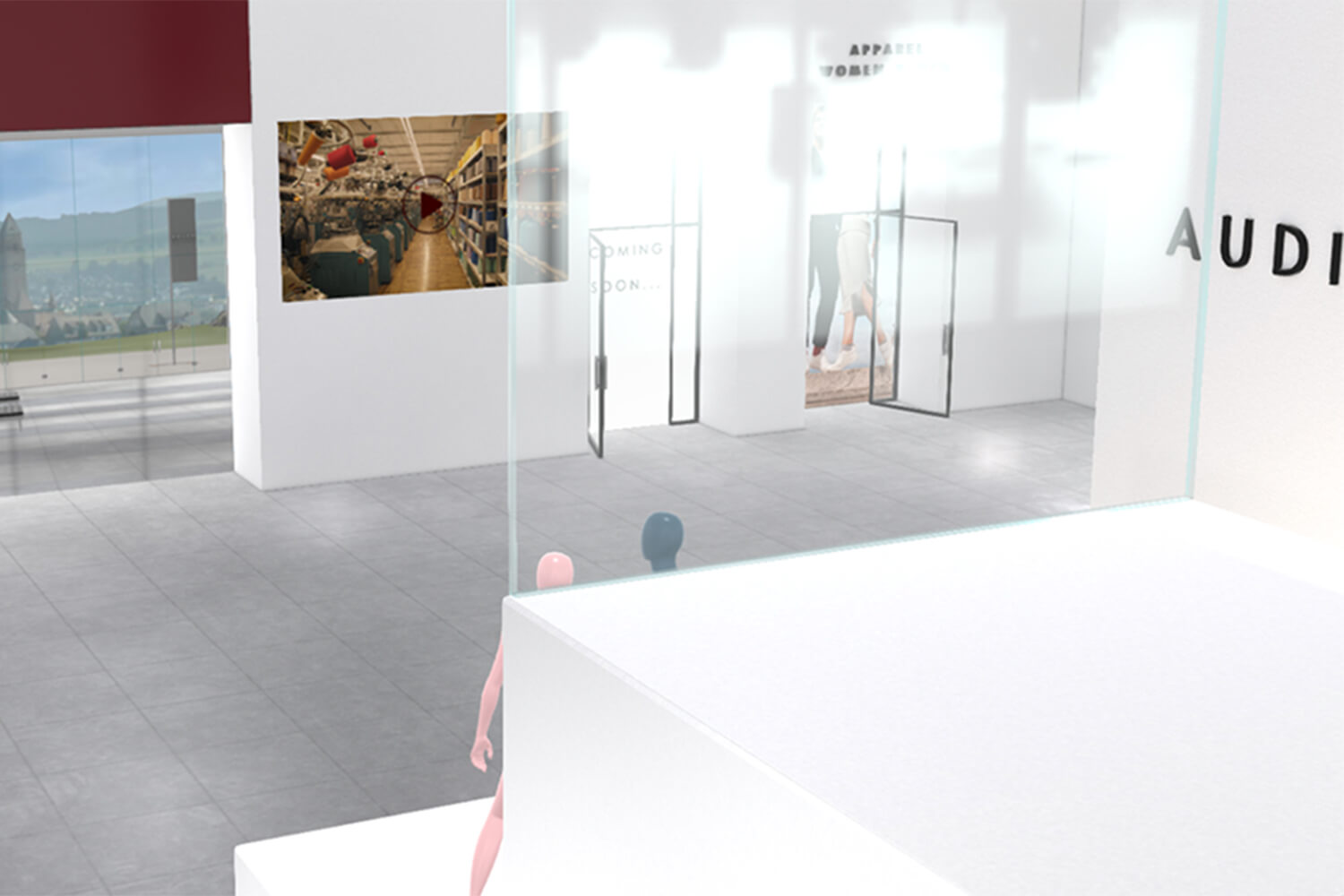
.jpg)
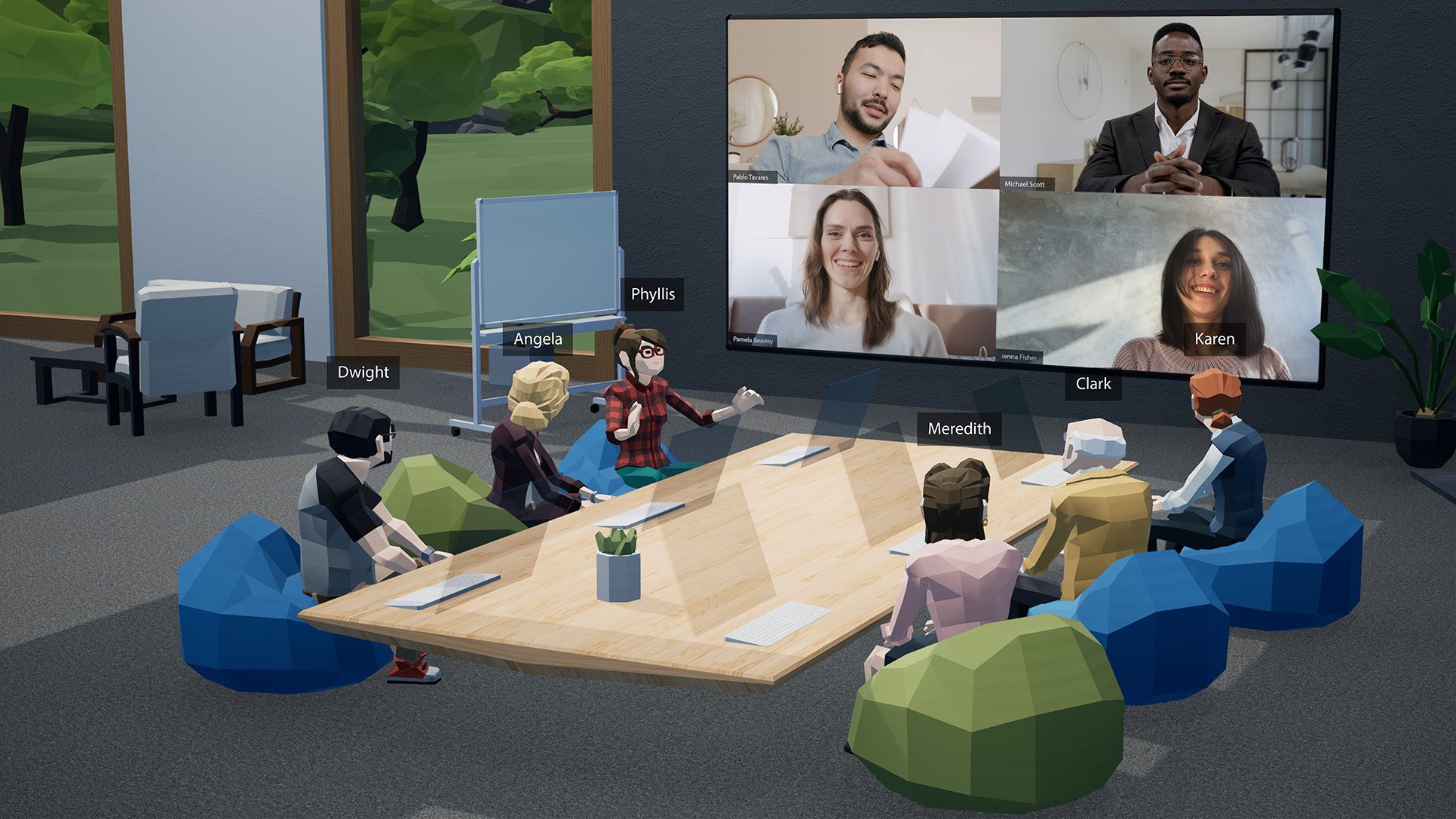
-s.jpg)
